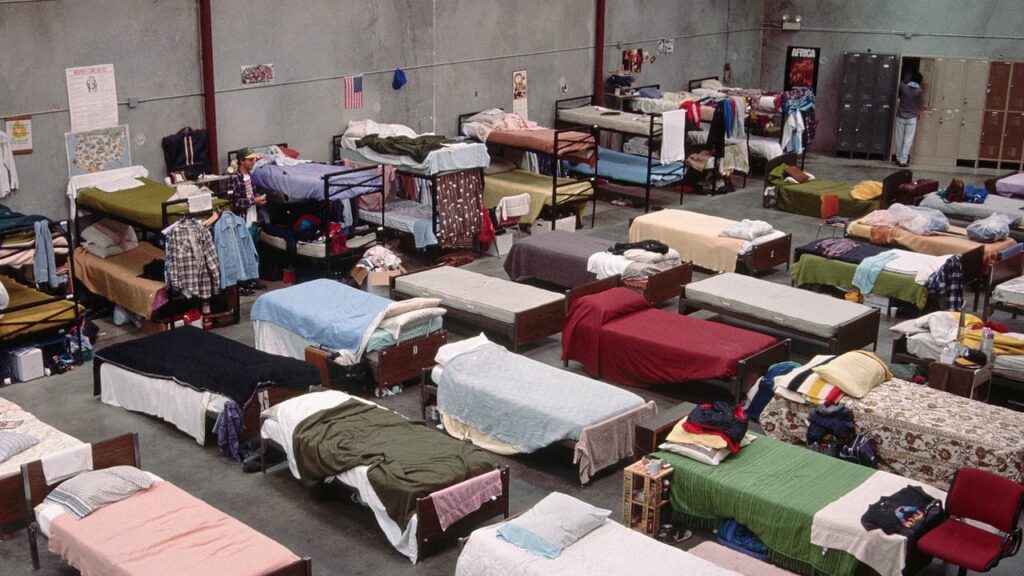In the US, an estimated two million people experience homelessness annually, and about 500,000 individuals sleep in homeless shelters each night.

The congregate nature and hygienic challenges of shelter life create the potential for rapid transmission of SARS-CoV-2 in this vulnerable population. As testing capacity expands in many states, so does the number of positive cases in shelters.
A recent study by the Center of Disease Control and Prevention (CDC) looked at 19 shelters in Boston, Seattle, San Francisco and Atlanta. Of the 1,912 shelter residents tested, 293 or 25% tested positive.
The results had a set of limitations, such as representing a single time point and the fact that some residents declined to be tested, but raised the alarm over the vulnerability of this specific group of the US population.
Several measures should be implemented to protect the shelter residents and staff members, according to the CDC. Infection control practices should be set in place, as well as maintaining social distance and promoting the use of cloth face coverings.
“Homeless shelters are often crowded, making social distancing difficult. Many persons experiencing homelessness are older or have underlying medical conditions, placing them at higher risk for severe COVID-19–associated illness,” the CDC said.
In line with the findings by the CDC, another study by a group of researchers published in JAMA network tested 408 residents of a shelter in Boston over two days. Up to 147 of them (36%) tested positive, the results showed. The average age of the participants was 52 years and almost three quarters of them were men. Only 1% of participants had a fever, 8% reported having a cough, less than 1% reported shortness of breath, and 6% reported other symptoms. Overall, 361 individuals (88.5%) didn’t report any symptoms.
“The majority of individuals with newly identified infections had no symptoms and no fever at the time of diagnosis, suggesting that symptom screening in homeless shelters may not adequately capture the extent of disease transmission in this high-risk setting,” the researchers concluded.
Since the focused testing in Boston, another few hundred people who are homeless in the city have been tested, for a total of 946. Overall, 26% have been positive, according to the city. One person who is homeless is known to have died from COVID-19, and a handful have been hospitalized.
By next week, officials expect that more than half of the city’s adult shelter population will be tested. That shelter population ranges from about 1,500 to 1,800 people on any given night, according to the public health commission. More than 900 isolation beds have been set up locally for people who are homeless.
“It was like a double knockout punch. The number of positives was shocking, but the fact that the positives had no symptoms was equally shocking,” said Dr. Jim O’Connell, president of Boston Health Care for the Homeless Program, which provides medical care at the city’s shelters.


